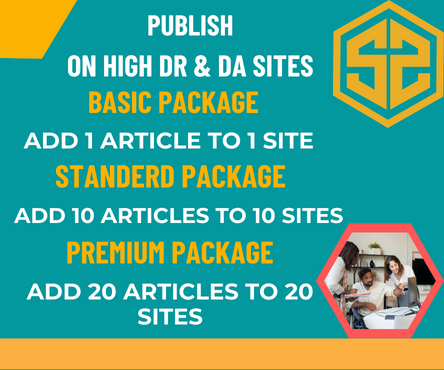Cost segregation is a valuable tax strategy that allows property owners to accelerate depreciation deductions and improve cash flow. However, the approach differs slightly when applied to new construction versus existing buildings. Here’s a breakdown of the key differences:
New Construction Cost Segregation
- Optimal Timing:
- Cost segregation is most effective when conducted during the design and construction phase.
- Allows for better classification of assets from the outset, reducing the need for later reallocation.
- Detailed Cost Breakdown:
- New construction projects have itemized invoices and clear cost allocations, making it easier to identify assets that qualify for accelerated depreciation.
- Eligible Costs:
- Includes direct construction costs (materials, labor, contractor fees).
- Site improvements (landscaping, parking lots, sidewalks) can be classified as 15-year property.
- Interior finishes, specialized electrical and plumbing, and HVAC systems often qualify for 5- or 7-year depreciation.
- Immediate Tax Benefits:
- The property owner can claim accelerated depreciation deductions from year one.
- Qualifies for bonus depreciation, allowing immediate expensing of certain assets (currently 80% in 2024, phasing out in future years).
Existing Building Cost Segregation
- Retrospective Study:
- Conducted after purchase to reclassify portions of the building into shorter depreciation categories.
- Often used when acquiring a property that hasn’t previously undergone a cost segregation study.
- Challenges with Cost Documentation:
- Lacks detailed breakdowns of original construction costs.
- Engineering-based studies are used to estimate costs based on IRS-approved methodologies.
- Eligible Costs:
- Focuses on reclassifying existing components rather than identifying new costs.
- Leasehold improvements and renovations can be analyzed separately for depreciation benefits.
- Catch-Up Depreciation:
- IRS allows taxpayers to claim missed depreciation deductions without amending prior returns using a Section 481(a) adjustment.
- Can result in a significant tax benefit in the current year.
Key Considerations
- Best Timing: Cost segregation is ideal at the start of a new construction project but still highly beneficial for existing buildings.
- Tax Savings: New construction benefits from better documentation, while existing buildings allow for substantial catch-up depreciation.
- Bonus Depreciation: Both new and existing buildings qualify, but the impact depends on the type and timing of asset classification.
Would you like a deeper analysis on any specific aspect, such as industry-specific applications or IRS compliance rules?

